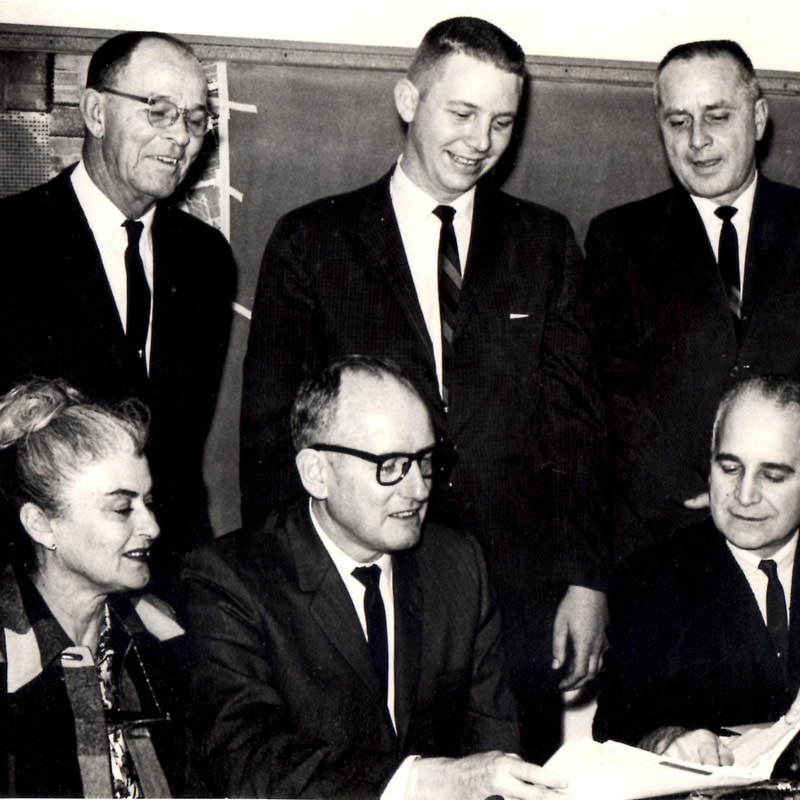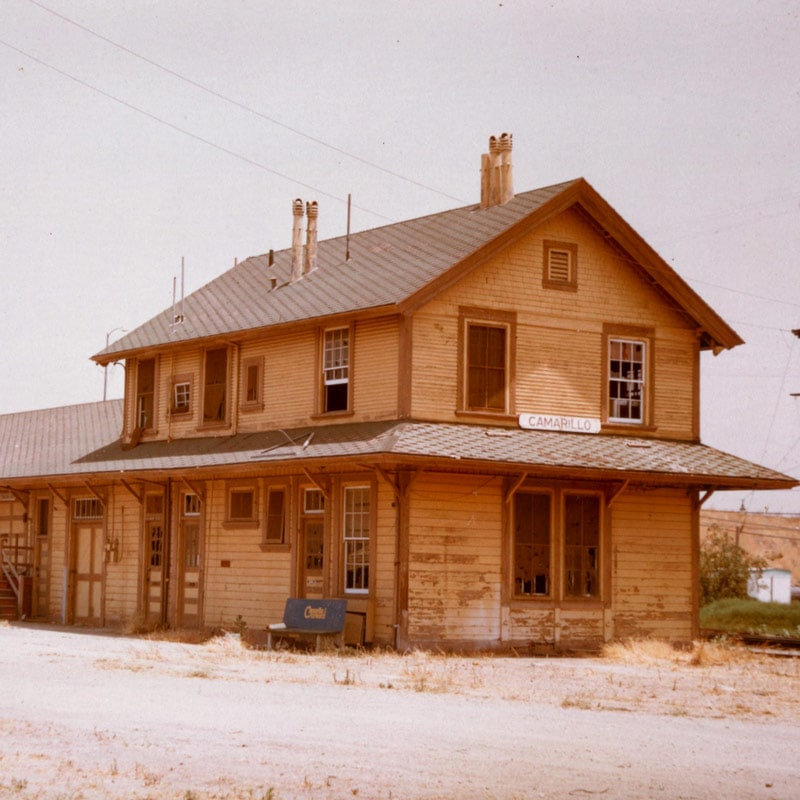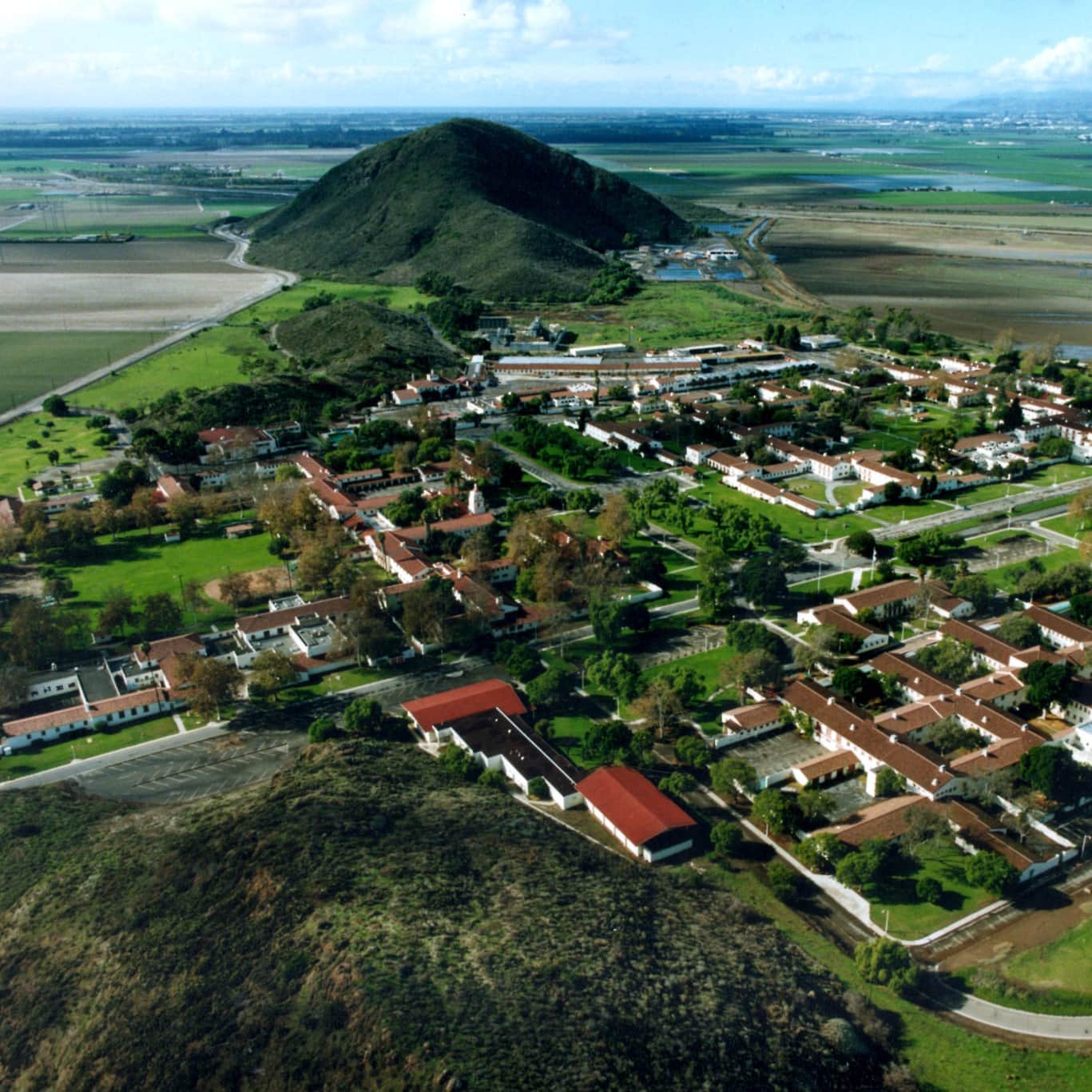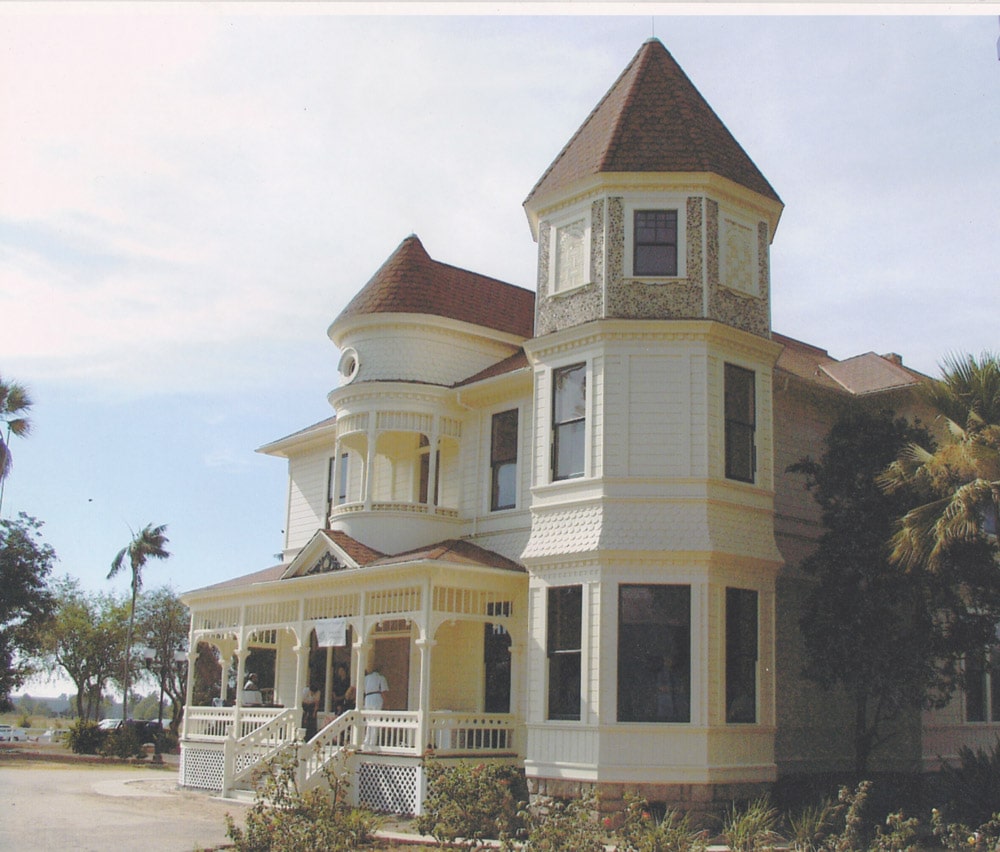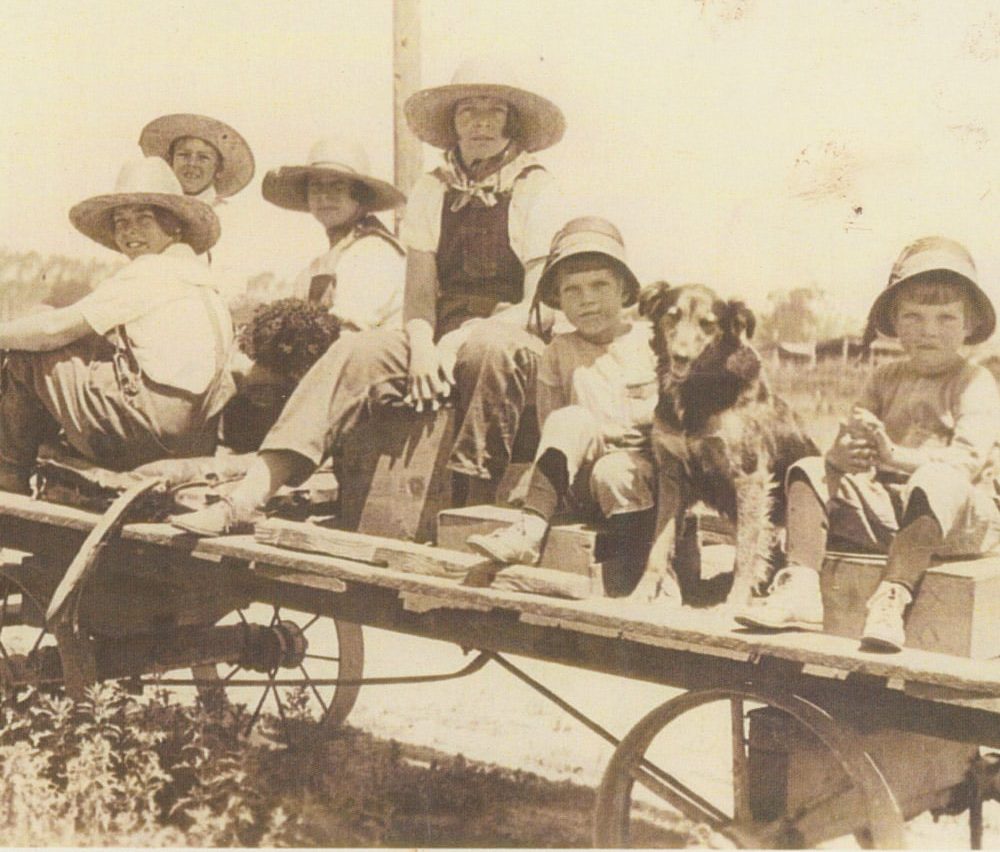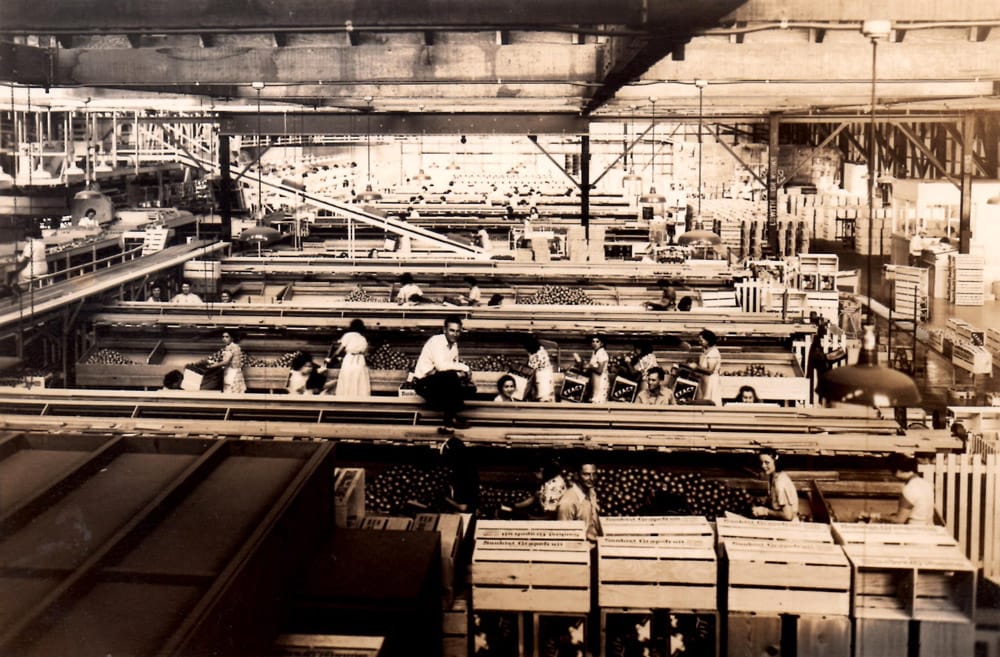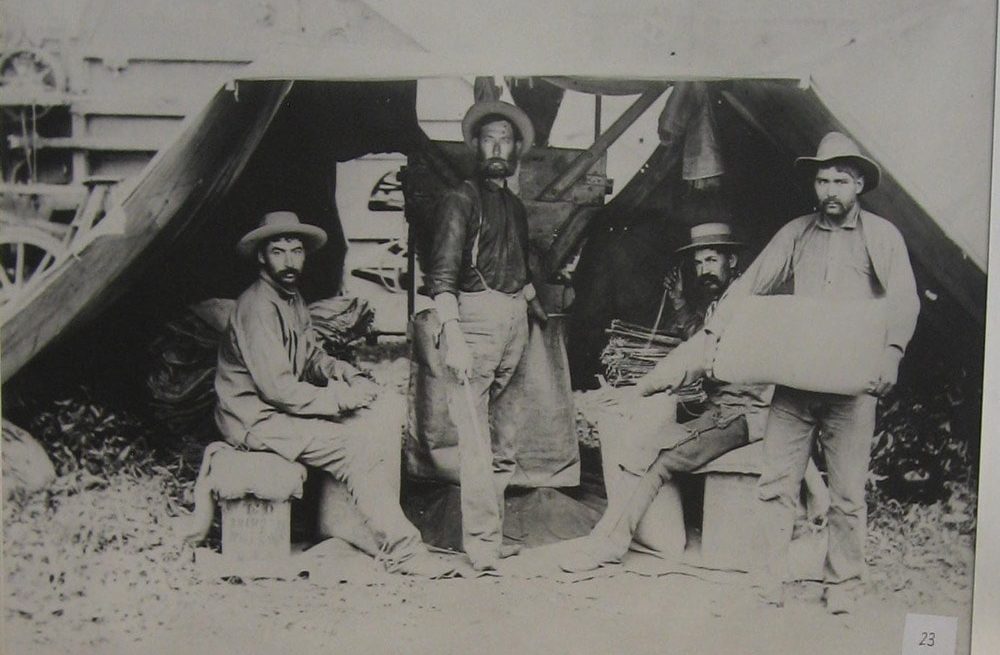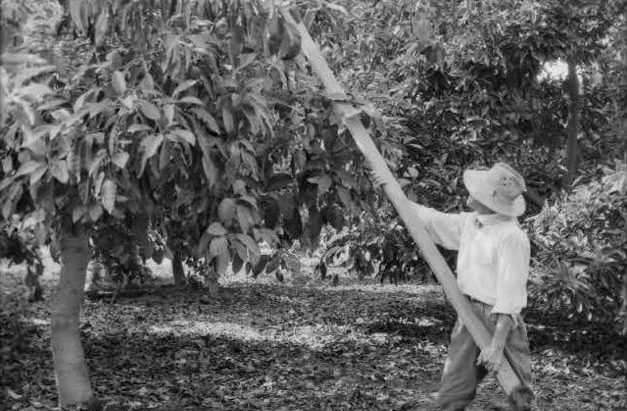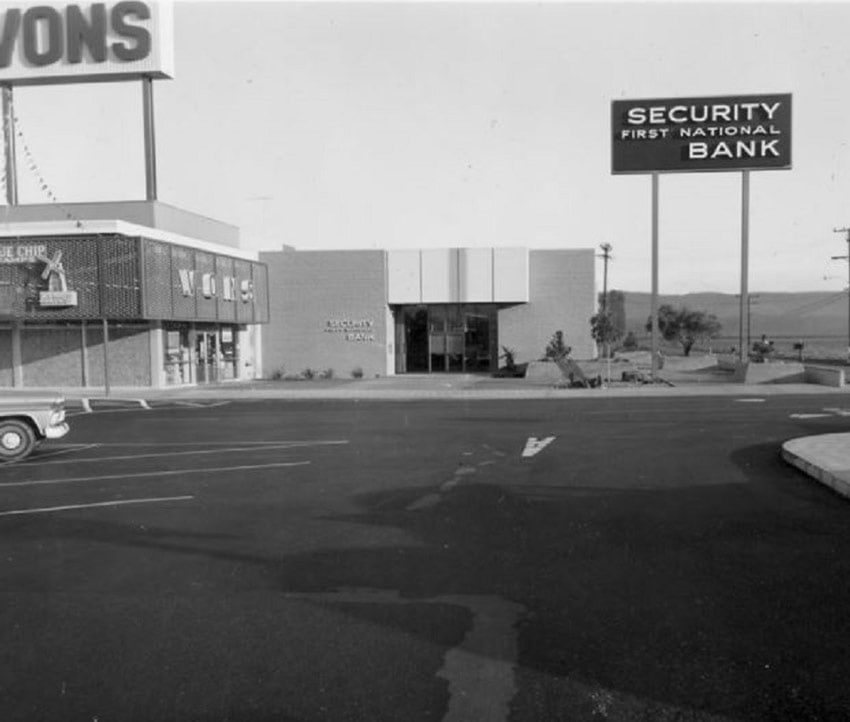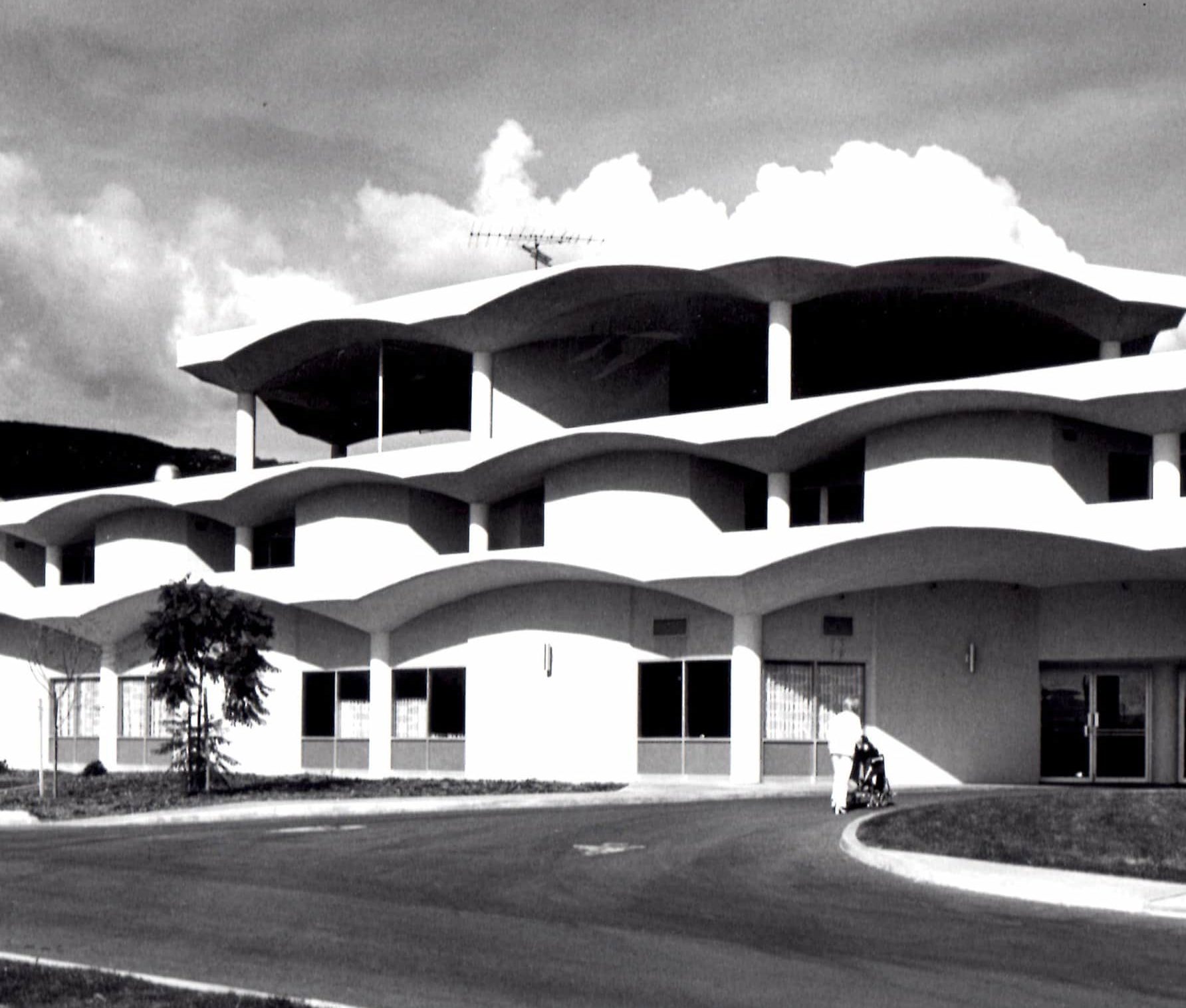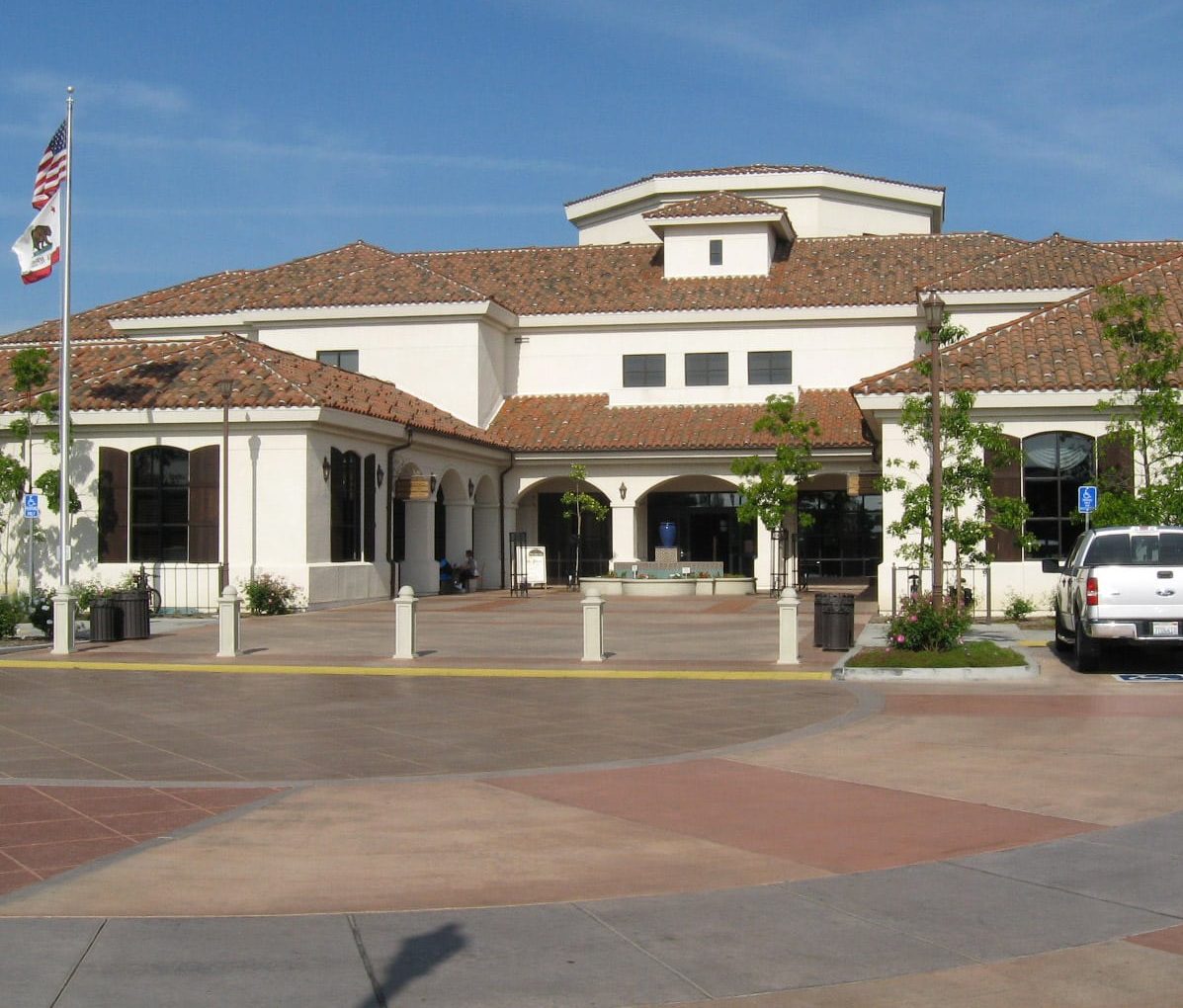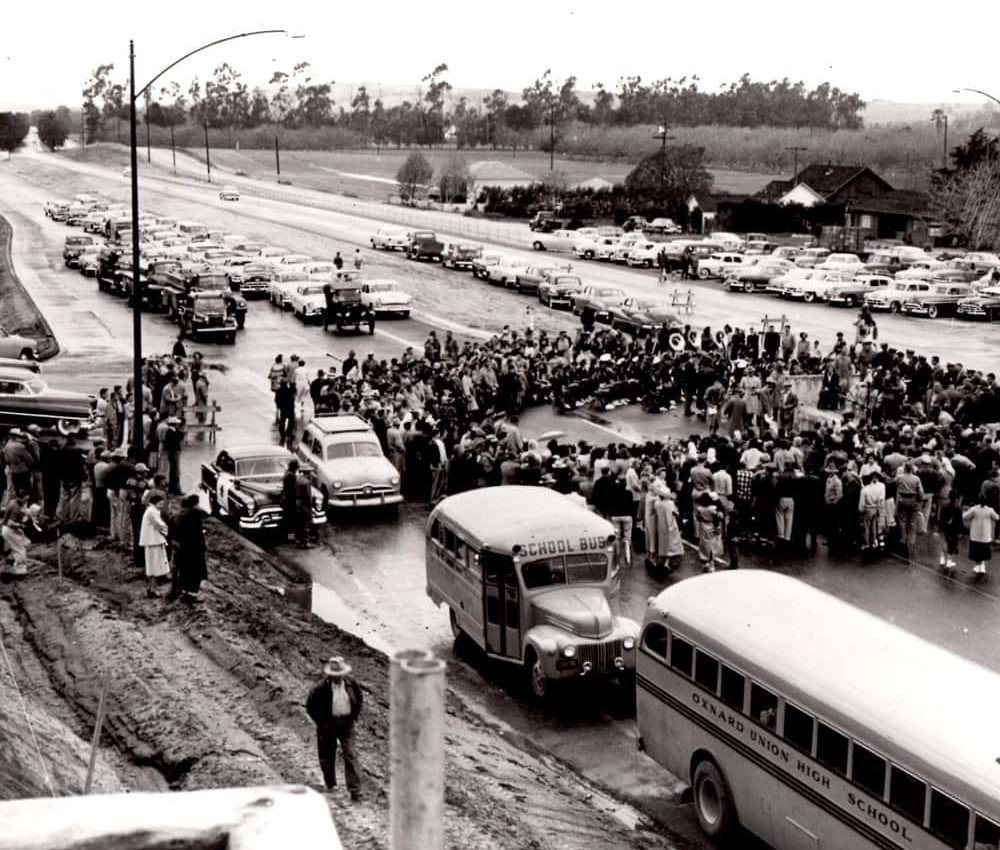A Brief History of the Pleasant Valley
A rich agricultural area flourished as the early ranchers and farmers worked to develop the towns and economy, an effort assisted by the coming of a Southern Pacific railroad to the Pleasant Valley and the 1910 Camarillo Depot.With the coming of Camarillo State Hospital and Pt. Mugu Naval Air Station, a rapid population growth of the Camarillo township led to the 1964 grass root effort to incorporate as a city. The Museum and Garden are designed to provide visitors with a glimpse of this heritage by sharing the life and legacy of those who brought dreams to life in this Pleasant Valley.
Chumash
Early settlements in Ventura County influenced names that are used today, such as Muwu (Pt. Mugu). There is evidence of Chumash sites in the Pleasant Valley that have yielded many artifacts.
Read More
Hunter-gatherers, the Chumash were master fisherman. They utilized the native plants in numerous ways including acorns as a staple food. With a rich culture, the Chumash had their own music, art, astronomy and mythology. Their society centered around village life and included craft guilds that made the sturdy tomols (canoes), baskets, beads and weapons, plus they enjoyed games like kickball and games of chance.
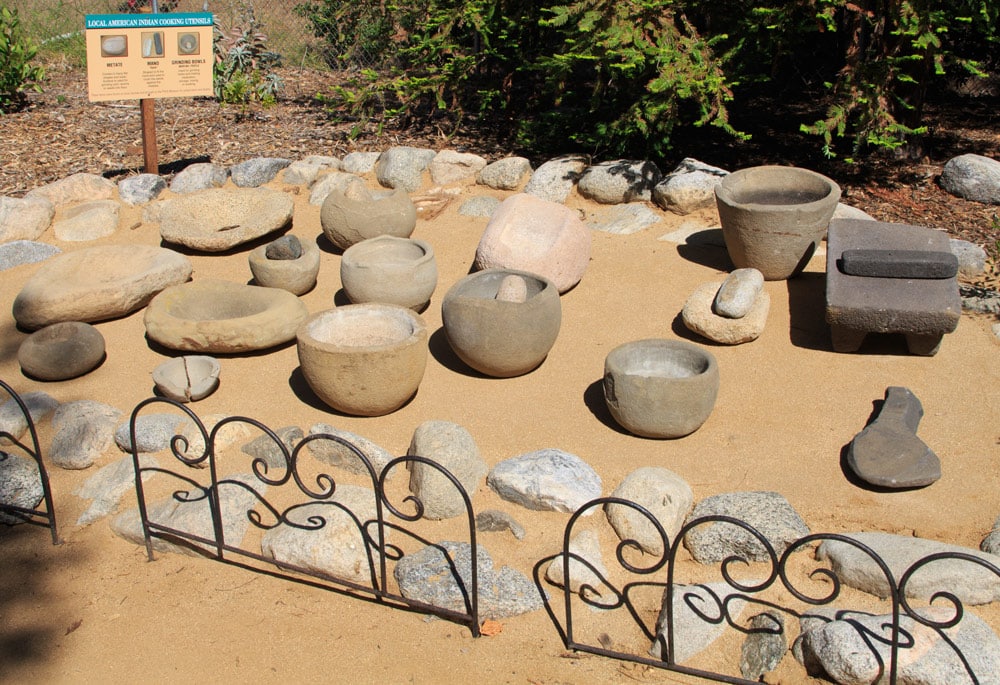
Ranchos
The Spanish Empire held these lands by right of discovery. Land grants were given to encourage colonization, including a grant to Jose Pedro Ruiz who created the Rancho Calleguas in 1837. Juan Camarillo purchased nearly 10,000 acres from Ruiz in 1875. Son, Adolfo Camarillo built his Queen Anne style house in 1892 on this land.
Statehood Comes
1850 brought California into the United States. In 1874 the “Golden Triangle” or “gore” brought the first homesteaders to the area. Rancho Calleguas was purchased by Juan Camarillo in 1875 and inherited at his death by his sons, Adolfo and Juan. The ranch went on to become one of the finest in the region.
Established in 1868, Pleasant Valley School District is the oldest existing school district in Ventura County.
Springville, the first community of substance in the Pleasant Valley, sprang up at what is now the western end of the Camarillo Airport
Read More
When the Southern Pacific Railroad elected to lay track for its new line through Oxnard, it bypassed the town, however, leading to the birth of the town of Camarillo where the depot was built. Nearby Somis, est. in 1892 with a thriving stockyard, continues to thrive, maintaining its rural atmosphere even today.
In 1892, Frederick Hastings Rindge and his wife, Rhoda “May” Knight Rindge, bought the 13,000-acre Rancho Topanga Malibu Sequit(known as “The Malibu Ranch”). The Rindges were the fourth – and last – private owners of this intact (i.e., non-subdivided) Spanish land grant. Eventually, the Rindges expanded their Malibu Ranch to about 17,000 acres (which included about 25 miles of coastline) by buying up the holdings of nearby homesteaders.
In 1915, their daughter, Rhoda Agatha Rindge, married Merritt Huntley Adamson (who had been the foreman of the Malibu Ranch). In 1916, the Adamsons began their Adohr Milk Farms, Inc. (“Adohr” is “Rhoda” spelled backwards) with the 500-acre Adohr Stock Farms in Tarzana in Los Angeles County. Adohr became famous for having one of the largest herds of Guernsey cattle in the world.
In 1942, the Adamsons began moving their operations to Camarillo (eventually selling the Tarzana stock farm land in 1948). The Camarillo dairy was established at what is today’s intersection of Pleasant Valley Road and Pancho Road. Merritt Huntley Adamson died in 1949, and Rhoda Agatha Rindge Adamson died in 1962. In November 1965, Adohr Milk Farms, Inc., was sold to Southland Corporation.
The 20th Century brought growth to the Pleasant Valley. Plans for St. John's Seminary began in 1927 when Don Juan Camarillo (1867-1936) donated 100 acres of land on an expansive terrace of the Ranchos Calleguas and Los Posas. The site is surrounded by citrus and avocado groves overlooking a wide panorama of fertile coastal plains. Ground was broken and construction began in 1939. The site includes a monastic-style chapel, dormitories for 180 students and the 45,000 volume Edward Laurence and Carrie E. Doheny Memorial Libraries. There is also a Grotto, modeled after one for Our Lady of Lourdes where an apparition appeared to Saint Bernadette in the cave of Massabielle, France in 1858. The College is now devoted to graduate level theological education granting a Masters of Arts degree.
Camarillo State Hospital began in 1932 on 1,760 acres south of town. The hospital pioneered research and treatment for schizophrenia and autism and had several famous residents, including jazzman Charlie Parker who wrote "Relaxin' at Camarillo" while there [1], and see short video. The hospital brought many jobs to the area until it closed in 1997. In 2002, the site became home to California State University Channel Islands which retained the distinctive Mission Revival Style architecture and the bell tower in the South quad was adopted as the symbol of the university.

The California State Song, "I Love You, California", was written by Francis Bernard Silverwood (1863-1924) of Los Angeles.
Farming
The natural landscape of the Pleasant Valley made it perfect for farming and ranching. In its history it has produced barley, wheat, lima beans and sugar beets, avocados, citrus (to name a few), cattle and sheep and has evolved to the billion-dollar agriculture business it is today.
Read More
It was said that the water table was so high that you could put a stick into the ground 18” and water would spray out. Irrigation came in the 1870s enabling more use of the area for a variety of crops seen today. The township of Camarillo existed from 1899 when the post office moved to “Calleguas”. The post office decided they could not pronounce or spell Calleguas. The Camarillo’s had a ranch near by and they were asked to lend their name to the new town, thus, Camarillo became the town name.
Changing Camarillo
At time of incorporation, 1964, Camarillo had only a few housing tracts, businesses on Ventura Blvd, and one commercial center—near Arneill and Ponderosa—and less than ten thousand citizens. The mid 1950s saw Highway 101 bisect the town after providing an overpass of the SP Railroad. Unique residential Lakeside Village was opened in 1966, Mission Oaks and Leisure Village were begun in the 1970s, Pleasant Valley Hospital in 1974, Carmen Drive City Hall complex in 1977, Premium Outlet Malls in mid 1990s. Camarillo State Hospital (1936-1997) was closed and CSU-CI reopened on the site in 2002. The City Library opened in 2011.

